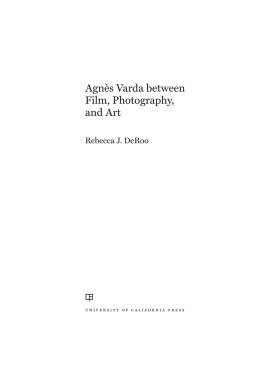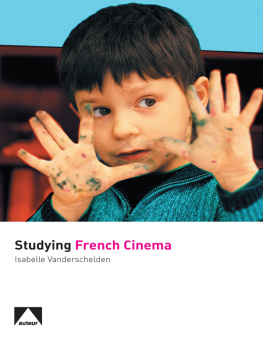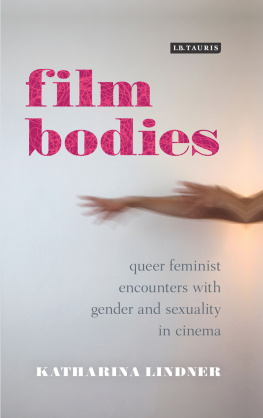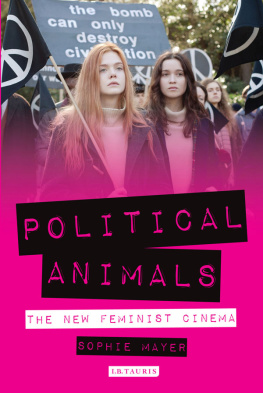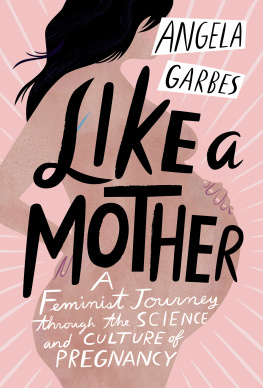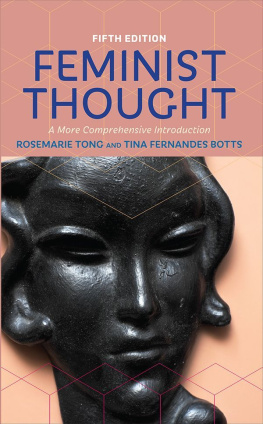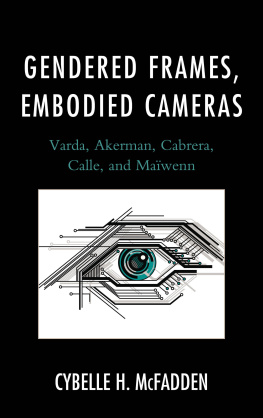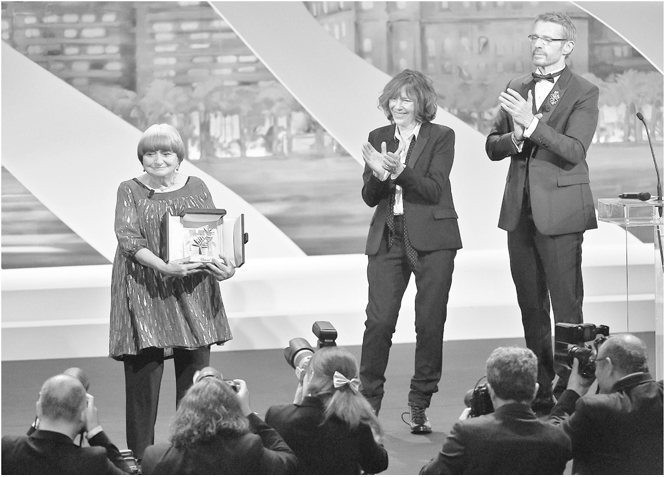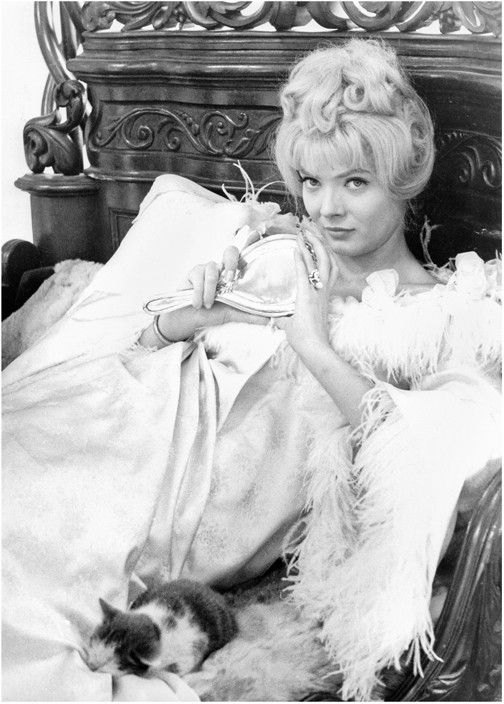Acknowledgments
Many wonderful people and institutions have helped me bring this book to fruition. I am deeply grateful to Agns Varda, and her daughter Rosalie Varda, for so generously sharing time, ideas, collections, and the Cin-Tamaris archives, making this project possible. I am indebted to Anita Benoliel, Cecilia Rose, Stphanie Scanvic, and Julia Fabry for facilitating my research at Cin-Tamaris and for their ever-warm welcome. The interpretations offered here are, of course, my own.
I would like to express my heartfelt gratitude to my mentors, colleagues, and friends who offered scholarly sources and insights, read work in progress, and supported and encouraged me. They have strengthened this project in more ways than I can ever describe. My sincere thanks go to my editor Raina Polivka, the University of California Press staff, and the two anonymous manuscript reviewers for their rigorous and helpful readings. I am grateful for opportunities to present early versions of this work at conferences and lectures, and for stimulating discussions that have enriched this book.
For generous funding of my project in its early stages, I thank the National Endowment for the Humanities and the American Association of University Women. An American Philosophical Society Franklin Research Grant and Faculty Development Grant from Rochester Institute of Technology supported subsequent archival research. I am grateful for the RIT College of Liberal Arts Faculty Research Grant, Faculty Development Fund Grant, and Publication Cost Grant, which supported archival research, permissions, and reproductions for various components of the books extensive illustration program. The Paul and Francena Miller Fellowship supported a fruitful semester of research leave to bring the manuscript to completion.
The outstanding research librarians and interlibrary loan staff at Rochester Institute of Technology and Bryn Mawr College offered invaluable assistance in tracking down hard-to-obtain sources. For sharing their documentation and collections with me and assisting in my research endeavors, I thank the Bibliothque Nationale de France, BNF Dpartement des Estampes et de la Photographie, Institut National dHistoire de lArt (INHA), Bibliothque du Film, Fondation Cartier pour lArt Contemporain, Archives Franaises du Film du CNC, Bibliothque Forney, Bibliothque Marguerite Durand, Bibliothque de lArsenal, Bibliothque de Documentation Internationale Contemporaine, Bibliothque Kandinsky, Bibliothque Historique de la Ville de Paris, and Institut National de lAudiovisuel. These collections were critical to developing my interpretations of the connections between Vardas work and histories of cinema, art, photography, and visual culture.
I honor pioneering critics and scholars and contemporary colleagues for establishing and ever expanding the literature on Vardas oeuvre. In this project, I have sought to represent patterns in this literature and the range of scholarly interpretation, both past and present. When possible, I have used English translations of sources; I have used English film subtitles for consistency with occasional minor alterations. Other translations, unless indicated differently, are my own. I use Vardas French film titles and English translations.
It was a delight to work with Jurij Meden, Curator of Film Exhibitions at the George Eastman Museum, in putting together the 2016 film retrospective Agns Varda: (Self-) Portraits. Facts and Fiction . I warmly thank the College of Liberal Arts at Rochester Institute of Technology, the George Eastman Museum, and colleagues for undertaking this collaborative project.
Special thanks go to my chairs and colleagues in the Department of Performing Arts and Visual Culture and the Museum Studies Program, and to the deans of the College of Liberal Arts at RIT for their enthusiasm and collegial community. I thank my undergraduate and graduate mentors for their intellectual example and unflagging support.
I am so thankful for my husband and son, who have accompanied me with love throughout this project. I thank my extended family for their ever-present caring and kindness. I dedicate this book to my parents with love and gratitude.
1
Reinterpreting Varda
THE MOTHER OF THE NEW WAVE REFRAMES ITS HISTORIES
At the 2015 Cannes Film Festival, Agns Varda received the Palme dhonneur, a lifetime achievement award, which recognized her directorial career spanning more than six decades (fig. 1). The Palme dhonneur recognizes directors who have not previously won a Palme dOr in competition at Cannes but whose work has had global impact. Past recipients include Woody Allen, Manoel de Oliveira, Clint Eastwood, and Bernardo Bertolucci. Varda is the first French and female director to receive this distinction. Indeed, she is one of the most important and prolific female and feminist filmmakers worldwide. Varda began her directorial career in 1950s Paris by founding her own production company and today also creates multimedia visual art exhibited globally. As this book will argue, working in dialogue with multiple aesthetic media and traditions has always been central to her practice.
Fig. 1. Agns Varda receives the Palme dhonneur at the 2015 Cannes Film Festival, accompanied by actor Jane Birkin, who presented the award, and Master of Ceremonies Lambert Wilson.
Anne-Christine Poujoulat/AFP/Getty Images.
This Palme dhonneur recognition occurred within the wider context of the 2015 Cannes Film Festival, which was dubbed by critics the year of women in the spotlight.

